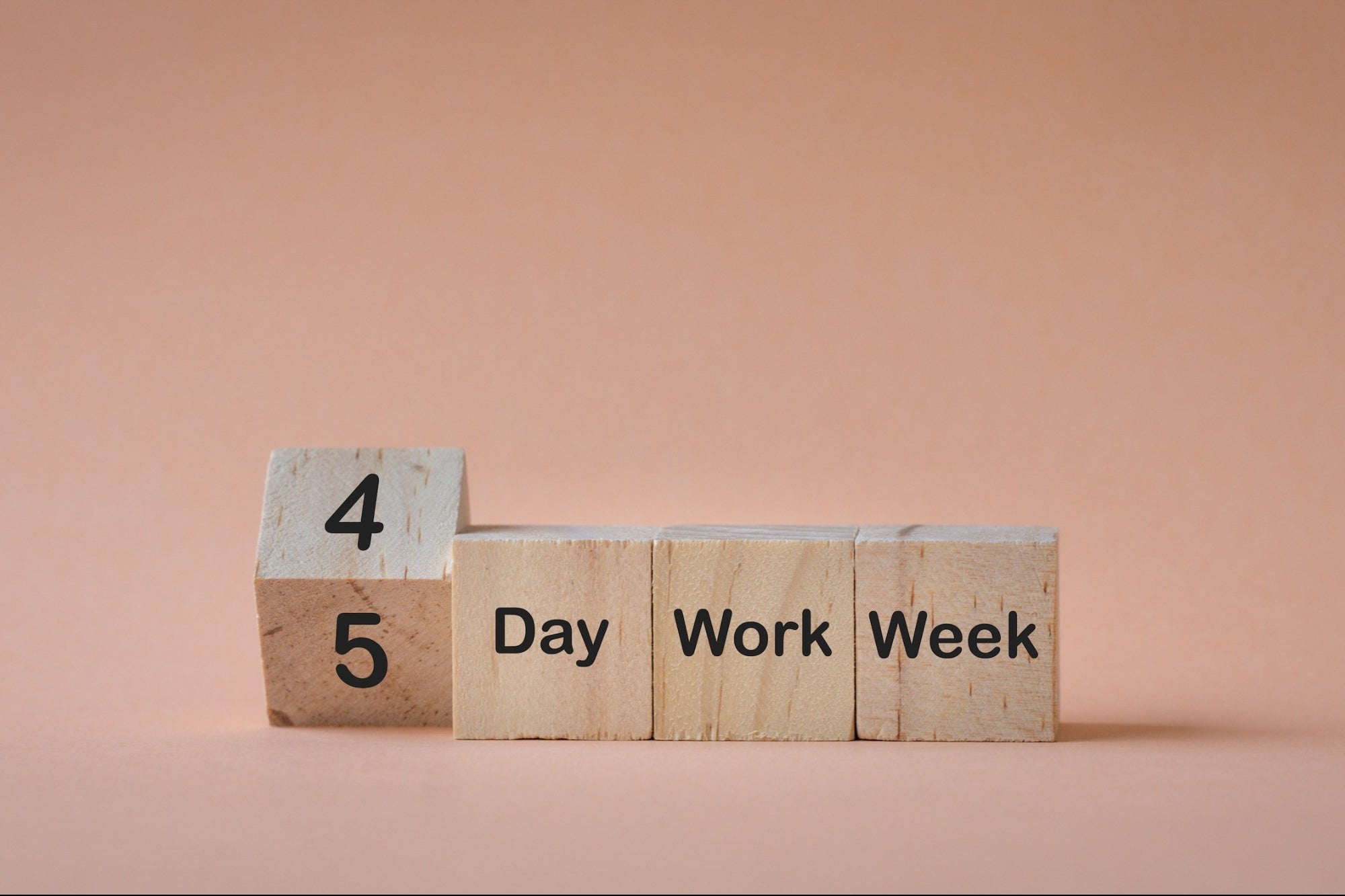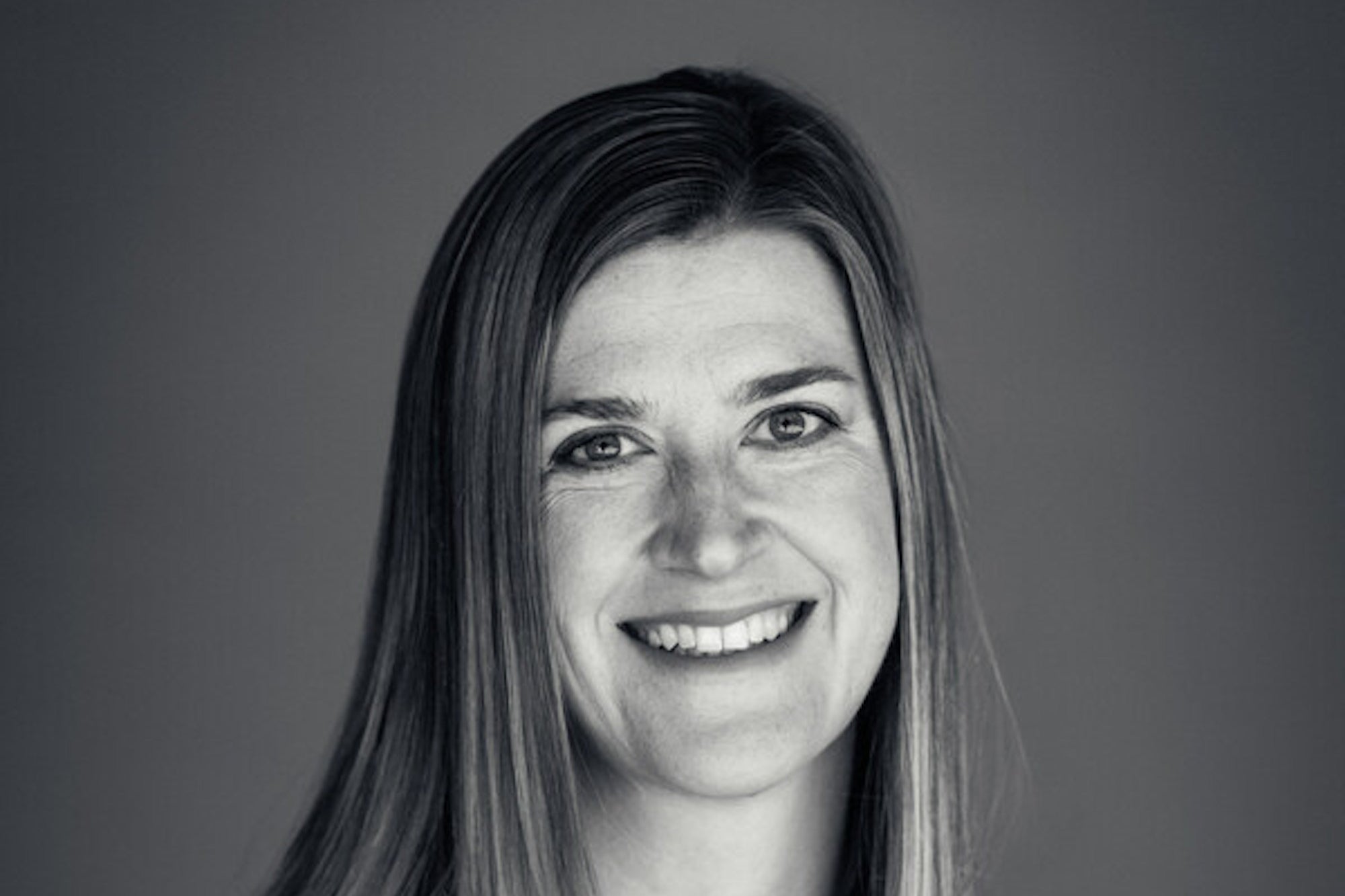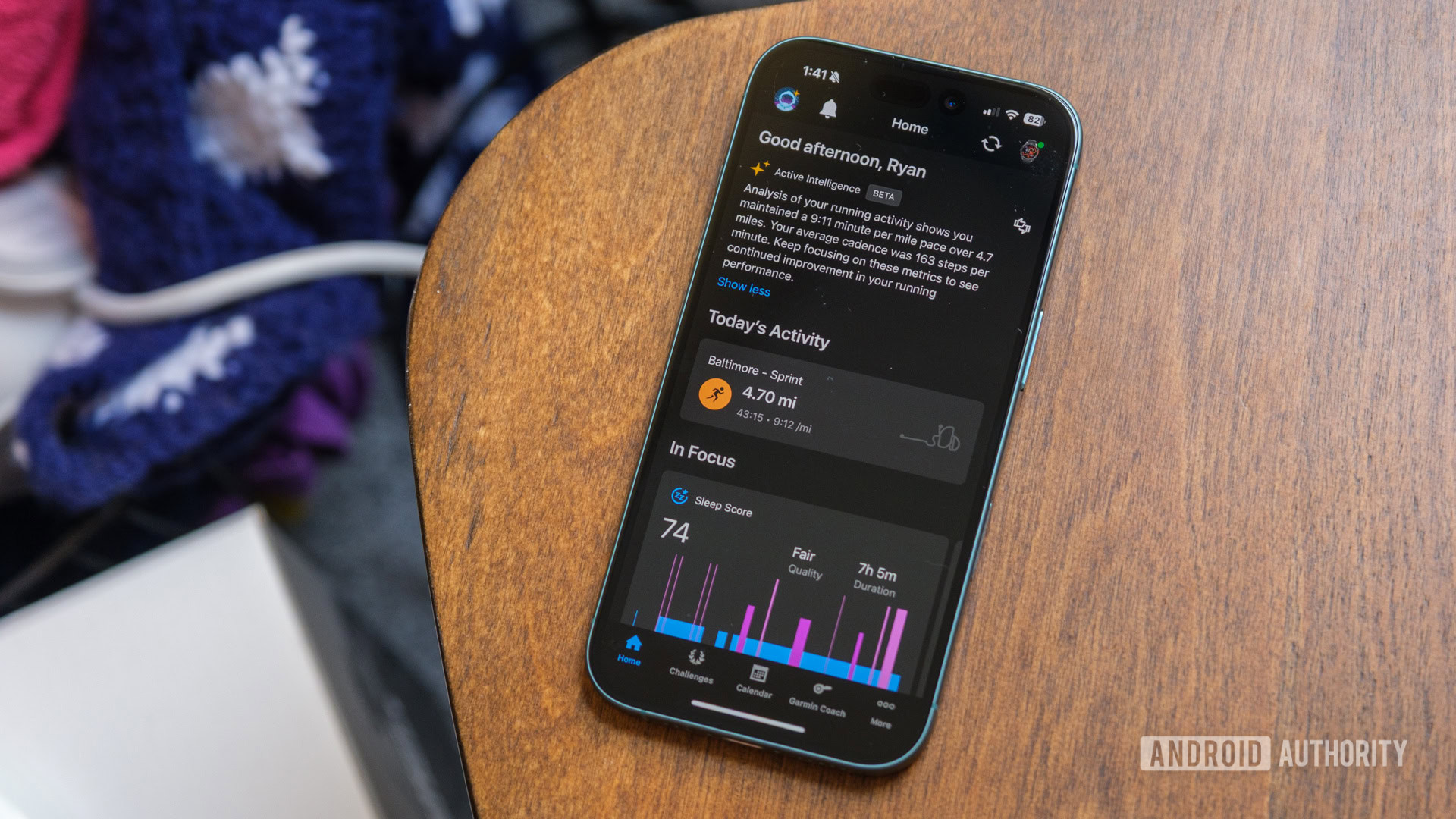Opinions expressed by Entrepreneur contributors are their own.
There was a time not too long ago when everything looked successful from the outside — company growth, media features, funding rounds. But underneath the wins, I was living a lifestyle that was quietly sabotaging my edge. I had gained weight. I wasn’t going to the gym. I drank wine almost every night. I ate whatever was convenient, often skipping meals or grabbing ultra-processed takeout.
My body was running on junk fuel, and so was my mind. It showed up in the form of burnout, decision fatigue and emotional volatility — especially when dealing with tough negotiations, naysayers and setbacks.
Everything began to change when I flipped the script and made three lifestyle behaviors non-negotiable. Not suggestions. Not goals. Non-negotiables.
These three changes didn’t just improve my health — they sharpened my focus, made me a better leader and gave me the endurance to scale through chaos. Every entrepreneur, no matter their industry, age or stage, should treat these three areas like core business infrastructure. Because if you break down, so does the company.
Related: 5 Health Habits These Successful Entrepreneurs Swear By
1. Work out like it’s a board meeting
Let’s be clear: Working out isn’t about looking good for Instagram. It’s about training your discipline, managing your stress and building stamina for mental warfare.
Top entrepreneurs treat fitness as sacred. Jeff Bezos is known for his transformation post-Amazon CEO — trading in the skinny tech guy image for someone who clearly takes lifting seriously. Mark Wahlberg, an actor and entrepreneur, runs F45 gyms and often shares his grueling 4 a.m. workouts. Even Kevin Hart, who built an entertainment empire, ties his fitness routine directly to his mental sharpness and business resilience.
For me, getting back into daily workouts was humbling at first. The strength wasn’t there, and the discipline had eroded. But within weeks of consistency — whether it was lifting, walking or high-intensity intervals — my clarity returned. I was sleeping better. My moods leveled out. I could deal with stressors head-on without needing a glass of cabernet to decompress.
Science backs this up. A Harvard Medical School study found that regular aerobic exercise improves executive function, which includes decision-making, problem-solving and focus — exactly what we’re paid to be good at.
Entrepreneurship is a sport. Start treating your body like an athlete does.
2. Eat like your decisions depend on it — because they do
The old saying goes, “If you don’t make time for your wellness, you’ll be forced to make time for your illness.” And that’s exactly where most entrepreneurs go wrong.
The culture glorifies 18-hour workdays and fast food lunches as signs of hustle. But that mentality is broken. The truth? Your body is a processing machine, and what you put into it becomes your fuel for thinking, speaking and leading. If you feed it poorly, it breaks down. Fast.
I changed my diet by adopting a flexitarian approach — leaning mostly on vegetables, grains, legumes, fish and occasionally red meat. I didn’t go extreme. I went intentional. That shift alone gave me more energy in the afternoons, less brain fog and zero crashes from sugar or processed carbs. I started reading labels. I stopped pretending “protein bars” were meals. I drank more water and fewer glasses of wine.
Look at Tom Brady — still peak-performing into his 40s because of a clean, disciplined diet. Or Tim Ferriss, who famously follows strict dietary regimens to optimize performance. Even companies like Sweetgreen, Sakara Life and Athletic Greens have built empires catering to high-performers who don’t want to compromise clarity or energy for convenience.
There’s nothing glamorous about burnout-induced hospital visits or running your team from a place of low energy. Entrepreneurs must start thinking of food as strategic fuel.
Related: 12 Ways to Eat Healthy No Matter How Busy You Are
3. Sleep like a pro, not a martyr
One of the dumbest myths in the business world is the glorification of sleep deprivation. You hear it all the time: “I only sleep four hours.” “Sleep is for losers.” “I’ll sleep when I’m dead.”
That kind of thinking will kill your performance — and possibly you, too.
Neuroscience is unequivocal: Seven to eight hours of quality sleep each night is essential for memory consolidation, emotional regulation and cognitive performance. The CDC has declared sleep deprivation a public health epidemic, and for entrepreneurs, it’s even more dangerous.
Research has revealed that during sleep, your brain flushes out toxins that build up during the day. Without adequate sleep, those toxins accumulate and impair function.
Elon Musk famously tweeted about working 120-hour weeks and later admitted it nearly “cost him his mind.” Since then, even he has pulled back and begun advocating for better sleep. Arianna Huffington built an entire movement around sleep culture after collapsing from exhaustion and hitting her head on her desk.
I learned to treat my sleep like my calendar — scheduled, protected and predictable. No screens late at night. No late-night wine. Same bedtime every day, including weekends. The result? Fewer irrational decisions, less emotional reactivity and more strategic thinking in the morning.
Good sleep is a competitive advantage. Use it.
Related: This Is the Sleep Routine That Keeps Top CEOs at Peak Performance
Success isn’t just strategy. It’s physiology.
Too often, we think we need better tactics, better funnels or better venture partners. But more often than not, what we really need is a better body to carry the weight of our ideas.
Fitness. Diet. Sleep.
Those three pillars, when treated with the same intensity and rigor as your next investor pitch or product launch, will give you a mental edge money can’t buy. They’ll make you more calm under pressure, more focused during chaos and more persuasive in every room you enter.
Entrepreneurship is not for the weak. So, stop training your company harder than you train yourself. The ROI on your body will be the greatest investment you ever make.










